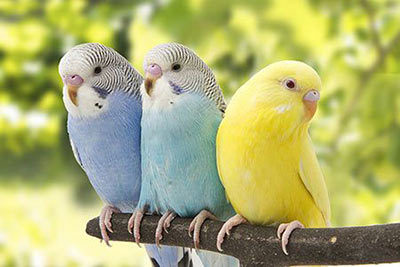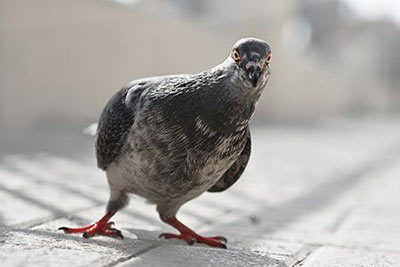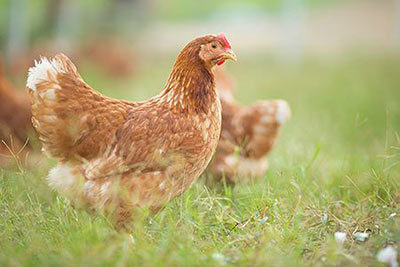Emperor Penguin
Emperor Penguin Facts
| Size | 3.6-4.2 ft (110-130 cm) |
| Speed | Up to 9 mph (15 km/h) (in water); up to 2 mph (3 km/h) (on shore) |
| Weight | Up to 100 lb (45 kg) |
| Lifespan | 15-50 years |
| Food | Fish, krill, jellyfish |
| Predators | Southern giant petrels, leopard seals, orcas |
| Habitat | Antarctic |
| Order | Penguins |
| Family | Penguins |
| Scientific name | Aptenodytes forsteri |
| Characteristics | The world’s largest penguin species |
Main Characteristics
From all 18 species the emperor penguin is the largest and heaviest. Its special characteristics are the yellow spots on its ears and its black and white plumage. Emperor penguins live deep in southern Antarctica. In fact, no other penguin species lives so far south.
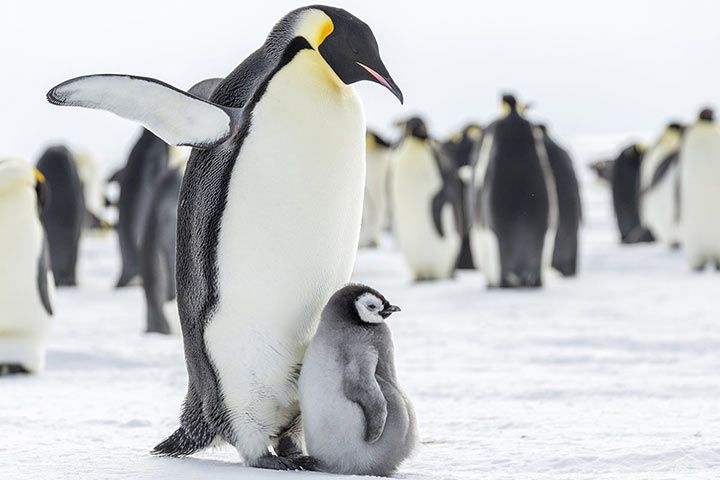
Behavior
Emperor Penguins Keep Each Other Warm
The emperor penguins have an ingenious solution to protect themselves against the icy cold. They face temperatures around -40 degrees Fahrenheit (-40 degrees Celsius) and icy winds reaching speeds of up to 124 mph (200 km/h). What do they do to stay nice and warm?
They permanently keep moving within their colony. They form a large circle which is warm and cozy in the center. The penguins in the outer area of the circle slowly wander from the windy to the windless side and towards the center. Thus, every penguin can enjoy to stand in the warm center of the circle now and then.
How Do Penguins Recognize Each Other?
When the female penguins return to the colony after two months of fishing, they will meet thousands of males there. But which one is their partner? They find their spouse by uttering trumpet-like sounds. They consist of several frequencies which are unique to each emperor penguin.
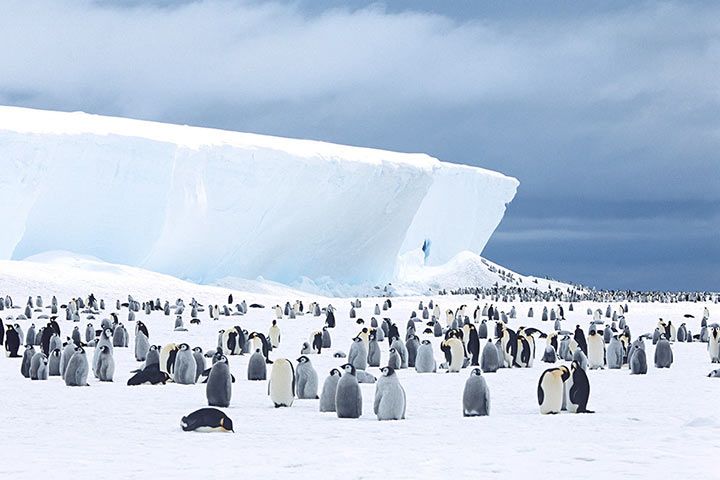
Locomotion
Emperor Penguins Are the Birds That Dive the Deepest
The emperor penguin is a deep diving world champion. In the category “seabirds” it holds the record of 1,751 feet (534 meter).
Emperor Penguins Slide on Their Bellies
Penguins are very skillfull when moving through water, but on land they are rather bad walkers. Therefore, they often sled about on their stomach and use their legs to gain speed. Sometimes it looks like tobogganing fun!
If they want to get go ashore they jump out of the water in a high arc just before the edge of the ice and land on the ice with their belly.
Then they use their feet to push themselves off and try to slide as far as possible until they have to stand up and waddle. When they want to go back into the water, they just drop onto the their tummy and slide into the water.
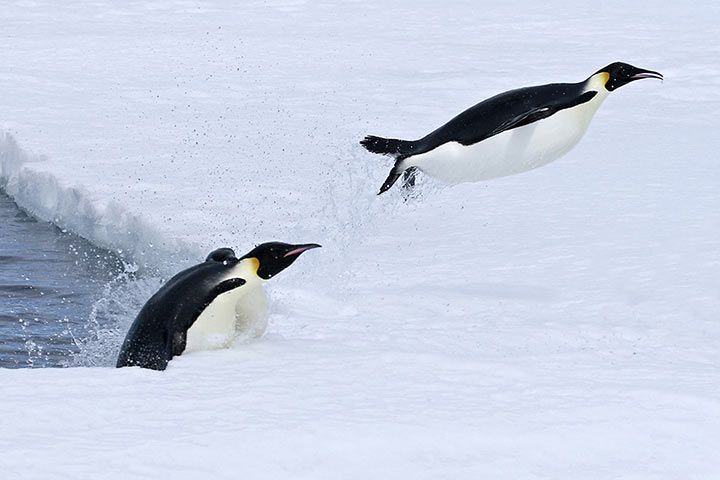
Reproduction
Penguins Don't Mind Icy Cold
Needless to say that it might be rather unpleasant to breed on pack ice, particularly because emperor penguins do not even build nests (how could they anyway, as there are no plants, only ice). Despite this they prefer to breed in winter.
How Penguin Babies Come Into the World
Emperor penguins are very caring and have worked out a clever plan to safely bring their babies into the world together. After the penguin mum has laid the egg, the father takes over. With its little feet the male penguin carefully rolls the egg into its brood pouch and stays in one place almost all of the time for two months.
During this time it can't hunt for food and lives off its own fat reserves. The female penguin spends the time near the water to charge its own “batteries” with fresh fish. As soon as the little penguin has hatched, its mum returns and feeds the young with the half-digested fish from its stomach.
By this time, the male penguin has lost about half of its weight und hurries to the water to get some food as well.

- Find Out More:
- Animal Records: How Deep Can Animals Dive?
- Watch Now on animalfunfacts.net:
 Why Do Animals Live in Groups?
Why Do Animals Live in Groups?















